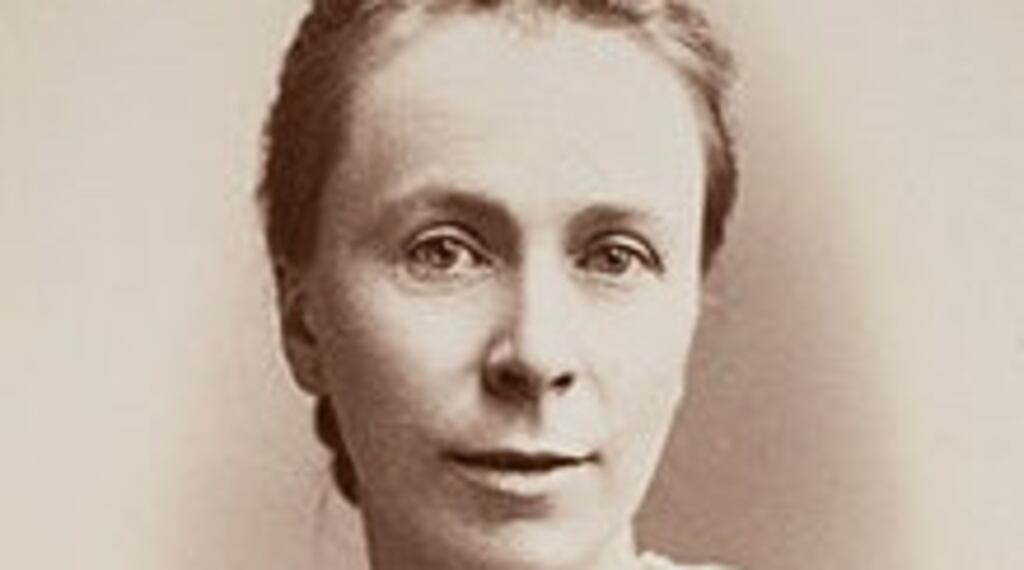Sophie Bryant, mathematician, suffragette and pioneer of education for women, also had the distinction of being described by her friend, the playwright George Bernard Shaw, as having “a literary style that outdid George Eliot’s.”
Bryant was born Sophie Willock in Dublin in 1850. Her father was a mathematician and a fellow of Trinity College Dublin. She was educated at home, and became fluent in both French and German from her French and German governesses.
The family moved to London when she was 13, and her father was appointed to the Chair of Geometry at the University of London. At 16 she won the Arnott Scholarship for science to Bedford, then a girl’s college. At 19, she married a surgeon, William Hicks Bryant, but he died of cirrhosis just one year later. Bryant never remarried.
In 1875, at the invitation of headmistress Frances Buss, who had a deep commitment to the importance of education for girls, Bryant started to teach Mathematics and German part time at the North London Collegiate School. Influenced and encouraged by Buss, Bryant entered degree studies when they became open to women, while continuing to work part time. She gained First Class Honours in her Bachelor of Science, and also first place in what was then describe as mental and moral sciences, an area that was to develop into what we know now as psychology.
In 1882, Bryant became only the third woman to be elected to the London Mathematical Society. In 1884, she was the first woman to have a paper published in the Proceedings of the London Mathematical Society, entitled ‘The ideal geometrical form of natural cell structure’; about the hexagonal shapes of honeycombs.
She went on to publish books and papers on many topics - Irish history, religion, education, women’s rights, and philosophy. Amongst these papers were experiments in testing the characters of school children; Educational ends or the ideal of personal development; and the genius of the Gael, a study in Celtic psychology and its manifestations.
In 1895, after the death of Frances Buss, Bryant herself became headmistress of the North London Collegiate School, a role she held until 1918. Among her many famous students were Dr Marie Stopes, who pioneered family planning; the poet Stevie Smith; and the novelist Stella Gibbons, whose best known work is Cold Comfort Farm.
Bryant loved physical activity and the outdoors. She rowed, cycled and swam, and twice climbed the Matterhorn. It was while on a walking holiday in Chamonix in France in 1922 that she went missing. Her body was found a fortnight later. The Freeman’s Journal of August 1922 reported: “It is supposed that she was about to bathe her feet in a pool nearby when she had a seizure. Unable to walk any further, she lay down and at nightfall pulled her skirt over her head. In this position she was discovered by guides.”
Practical to the end, it appears Sophie Bryant was trying to keep warm by using her skirt as a kind of sleeping bag, while awaiting rescue that never came.










